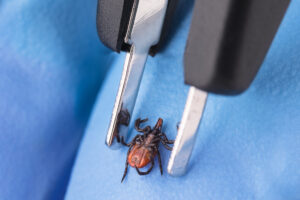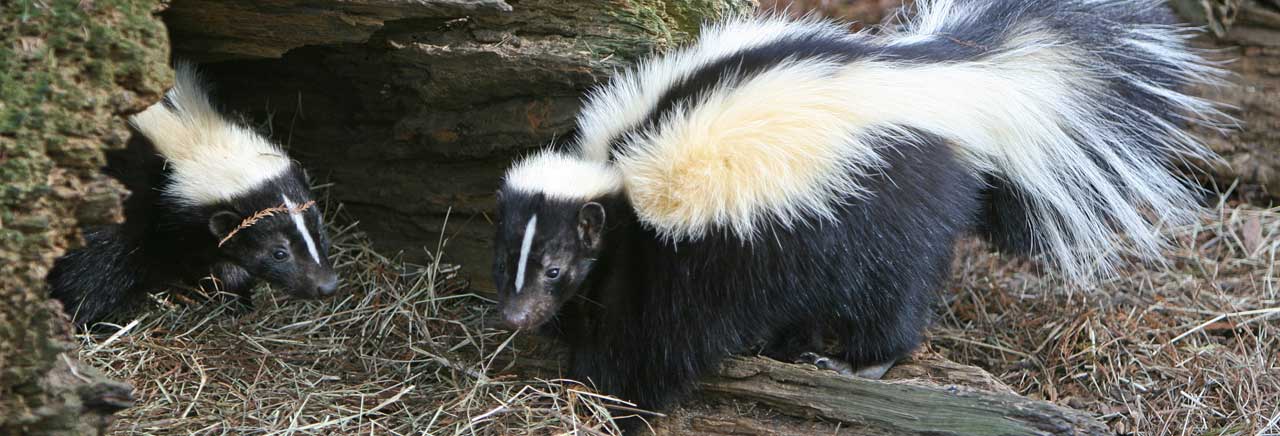
Checking for ticks is expected during the warmer months in Central PA. Many people know that pets like dogs and animals can carry ticks, but other nuisance animals can too! If these animals gain access to your home, they could also bring ticks inside.
Ticks in Pennsylvania
Ticks are often found in wooded or grassy areas, if your property has or is close to a wooded area your home may be more susceptible to animals with ticks.
Back-Legged Ticks and Lyme Disease
There are various types of ticks in Pennsylvania, but back-legged ticks are the most concerning. They can be infected with Lyme disease and pass it on to their hosts. This typically causes symptoms like fever, headache, fatigue, and a skin rash in adults. If diagnosed early, Lyme disease is treatable.
Back-legged ticks do not fly or jump, they crawl onto people and animals from the ground or low vegetation.
What nuisance animals carry ticks?
We do not offer pest control for ticks but do offer removal of animals that are potential hosts. Penn State offers great advice for reducing ticks around your home. However, we deal with many animals that can carry ticks.
Ticks live on a variety of animals including deer, rabbits, opossums, raccoons, squirrels, chipmunks, rats, mice, and birds. Ticks can also be found on dogs and cats.
Opossums: The Special Exception
Opossums kill about 90% of ticks that try to attach to their bodies. Although they eat most of them, ticks can still attach to them. Luckily, opossums have great immune systems and can easily fight off Lyme disease!
Animals That Can Be Infected by Lyme
Raccoons, chipmunks, rats, mice, birds, and squirrels can all be infected by Lyme disease. Symptoms are rarely noticeable in these animals, so we always recommend that removal is handled by a wildlife professional.
If you believe your pet has contracted Lyme, noticeable symptoms include lameness, fatigue, fever, and loss of appetite. However, many cats do not show symptoms when infected.
Animals in your Home
Aside from the usual damage nuisance animals create, there’s a chance they could bring infected ticks into your home. Physical removal of the animal is our first priority, we can then assess how to seal the home from other animals entering in the future.


